What to do around Billings Montana
categories: USA TravelWith over 109,000 inhabitants, Billings is the largest city in Montana and the major city in the eastern flatter part of the state. It is a place influenced by the history of George Armstrong Custer, mountain man Jeremiah Johnson, and Lewis and Clark. It is a gateway to Yellowstone with spectacular scenery along the route. It has been a railroad town since its founding in 1882 by the Northern Pacific Railroad. Even today long trains of coal or grain pass through the town.
After spending time in Billings here are my suggestions for day trips out of town.

Table of contents: ()
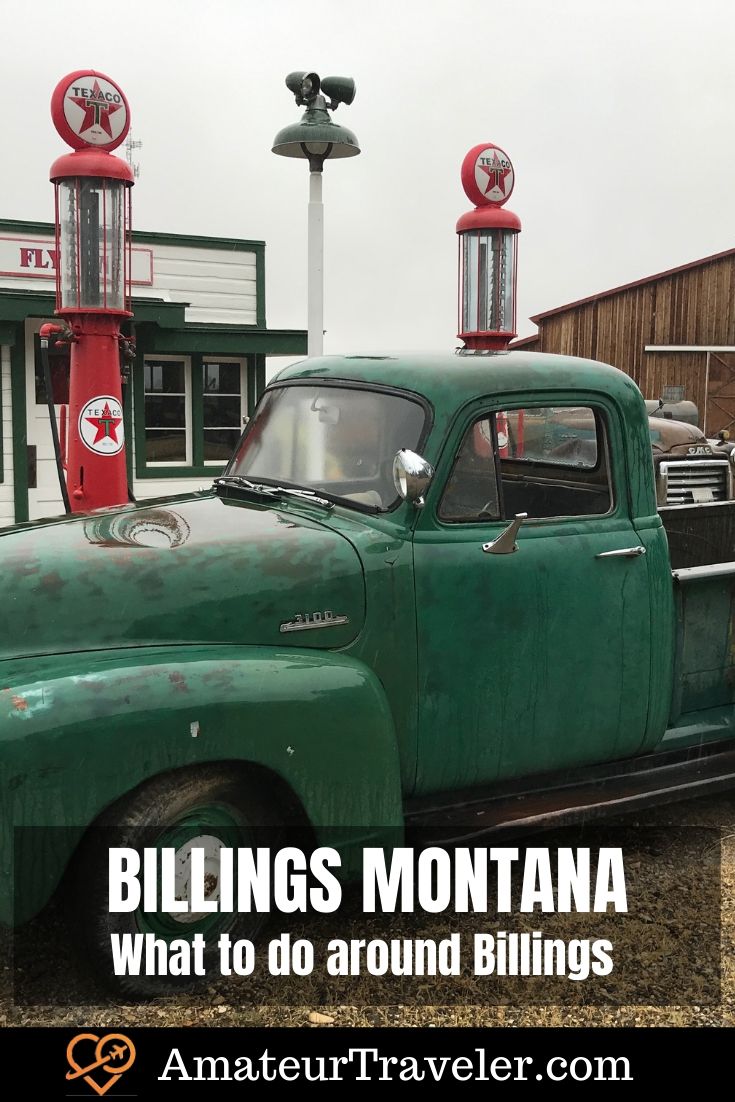
Little Bighorn Battlefield National Monument
You can fly into Billings but Billings is also a good addition to a road trip to nearby Yellowstone, or to the Dakotas which is where I drove from to get to Billings. As a history buff, one of the things that I knew I wanted to visit in eastern Montana east of Billings was the Little Bighorn Battlefield National Monument. As a kid, I had read a book on General Custer that described his life well before he met his end with the 7th Cavalry on a small hill above the Little Bighorn River.
Custer graduated at the bottom of his West Point class but graduated just when the Civil War was starting. While a bad student, he turned out to be an excellent cavalry officer when the Union had few of those. He was brevetted a brigadier general by the age of 23. If Custer had studied a bit harder in his military tactics classes at West Point perhaps this well-known battleground would be telling a different story. He lost most of his command and his own life in a battle with the Lakota and Cheyenne on this spot.
I stopped at the battlefield on my way in from South Dakota, it is about an hour outside of Billings. See if you can catch one of the ranger-led talks to better understand what happened here on a fateful day in 1876. Then drive the 4.5-mile tour road while you listen to the audio tour on your cell phone. Last Stand Hill is the end closest to the visitor’s center.
Around the park, you can see markers that show where soldiers and braves fell. These are not graves. But it is obvious who won this batter by simply counting how many soldiers and how few braves fell on these hills.
This area is sometimes called “Custer Country” which some Indians find a bit insulting as he barely spent any time in the area… and did not live to tell of his trip.
Custer Battlefield Trading Post
Across the road from the park, you can make a stop at the Custer Battlefield Trading Post. Ask the owner James “Putt” Thompson to see his photograph of Crazy Horse. Some historians say that Crazy Horse never had his picture taken but Thompson makes a good case for why this tintype appears to be authentic.
While you are there you can grab a meal or a snack in their cafe. Try the Indian tacos or the Indian fry bread.
Pompeys Pillar National Monument
While I had heard about Little Bighorn, I knew nothing of the other nearby park which is Pompeys Pillar National Monument. This is a small park that won’t take you an hour to visit, but it tells the story of the Lewis and Clark expedition that passed through this area on their way home.
Even without the historic significance, the park is worth a visit for its beauty alone. Pompeys Pillar is a natural rock outcropping near the Yellowstone River with a good view of the surrounding landscape from the top. When Clark came through this area with half of the Corps of Discovery he originally named this rock “Pompy’s Tower” in honor of Sacagawea’s son, whom he had nicknamed “Pomp” (his given name was Jean Baptiste Charbonneau). The first editor of Clark’s journals changed the name to Pompeys Pillar.
When Clark’s group came through they were having a bit of bad luck. Local natives stole their ponies that were not only their transportation but also what they would barter with tribes for food and other supplies. The park displays 2 hollowed-out canoes that they made here to continue their journey and the museum tells the story of their trip.
We know that this is the rock that Clark mentions in his journal because he carved his name into it.
Big Horn County Museum
Another great stop for history buffs is the Big Horn County Museum. Some county museums are worth a visit and some are not, but the Big Horn museum has an amazing collection of 24 original buildings that have been moved to the site including the Lodge Grass railroad depot that I showed previously, a gas station, a German country church, and a one-room schoolhouse.
They also have a display of Fort Custer which was a huge fort built later in the Indian Wars to put a strong army presence near the Sioux, Cheyenne and Crow Indians. The fort never saw action and was later dismantled.
See my slide show of buildings from the museum:
Red Lodge
If you head from Billings to the wonderful Yellowstone National Park you will pass through the historic town of Red Lodge which is worth a stop. There seem to be a couple of different versions of where the town’s name came from. The version that we heard was that in an epidemic in the area the families that had infection painted their lodges with red clay as a warning.
As we drove through town we had to make an unscheduled stop because we were surprised to see the original yellow Yellowstone National Park touring buses that visitors used to take into the park. These buses have been refurbished and you can still take guided tours with them up the Beartooth Highway and into the park.
The most famous resident of Red Lodge may be John “Liver-Eating” Johnson who was a mountain man and the town’s first constable. We were told that he would try and discourage people from settling in the area by greeting the train with a large bloody knife. A version of his story was told by Hollywood in the 1972 movie Jeremiah Johnson which starred Robert Redford. The movie told of his personal feud with the nearby Lakota.
- Search for Great Tours HERE
- Get a Car Rental
- Log your park visits with a Passport To Your National Parks
- Buy Travel Insurance
- Book Your Accommodation HERE

Nowadays you will find fewer cannibals and more artists in the town of Red Lodge. In the wintertime, Red Lodge has a ski area on nearby Red Lodge mountain.
Beartooth Highway
The road to Yellowstone, the Beartooth Highway continues up from Red Lodge into the beautiful Beartooth Mountains. The Beartooth Highway is U.S. Route 212 and it rises from the high plains of western Montana (Billings is a bit over 3000 feet in elevation) to 10,947 feet at Beartooth Pass after it crosses into Wyoming.
The late journalist Charles Kuralt, who did a series of “On the Road” segments for CBS news, called the Beartooth Highway the “most beautiful drive in America”. The highway is only open from mid-May through mid-October because of snow at the pass.
General Philip Sheridan led his cavalry troop over this pass in 1972 when he inspected Yellowstone (before the founding of the National Park Service the army oversaw what became Yellowstone National Park). The highway was built in 1936 over his route.
See my gallery of Montana Pictures.
+Chris Christensen | @chris2x | facebook
Leave a Reply
Tags: article, billings, montana, national park








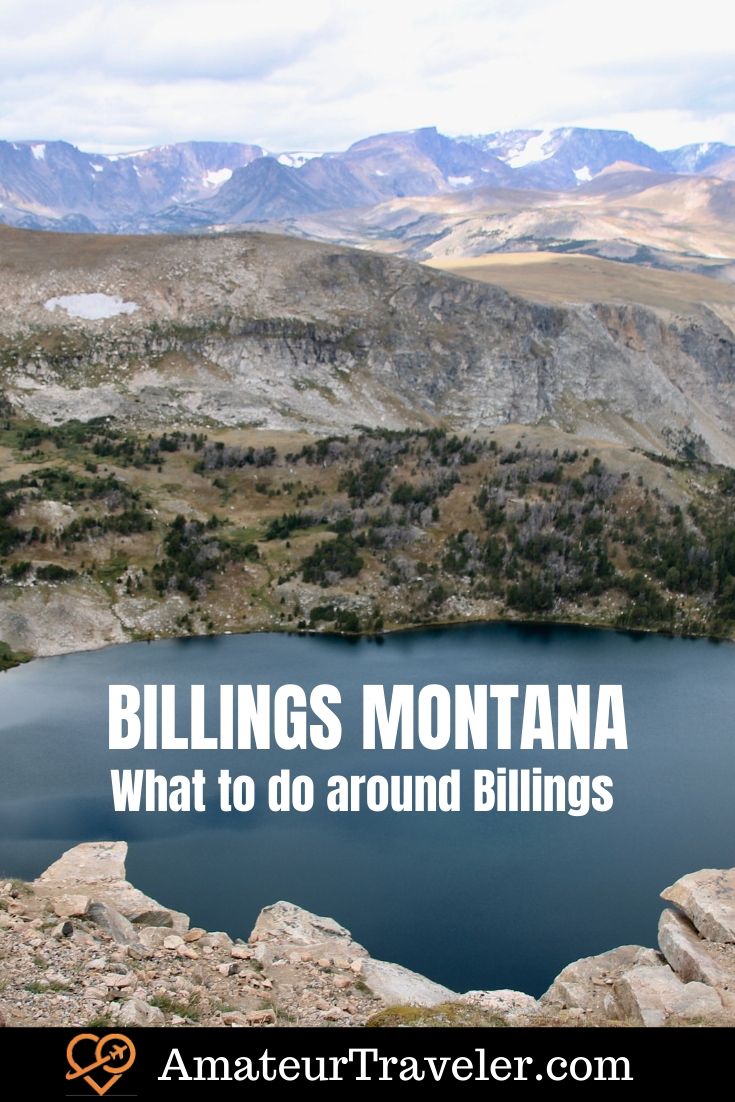
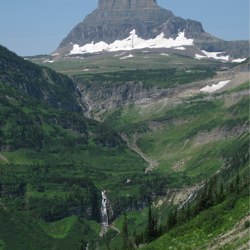 Travel to Glacier National Park and Western Montana – Episode 257
Travel to Glacier National Park and Western Montana – Episode 257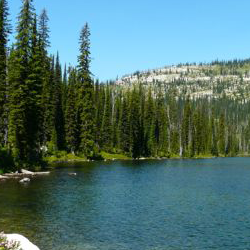 Travel to Western Montana – Episode 407
Travel to Western Montana – Episode 407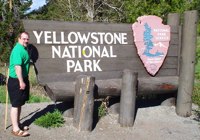 Travel to America’s National Parks – Episode 121
Travel to America’s National Parks – Episode 121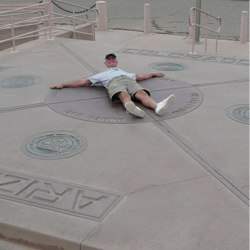 Travel to the Four Corners Region in the American SouthWest – Episode 278
Travel to the Four Corners Region in the American SouthWest – Episode 278
